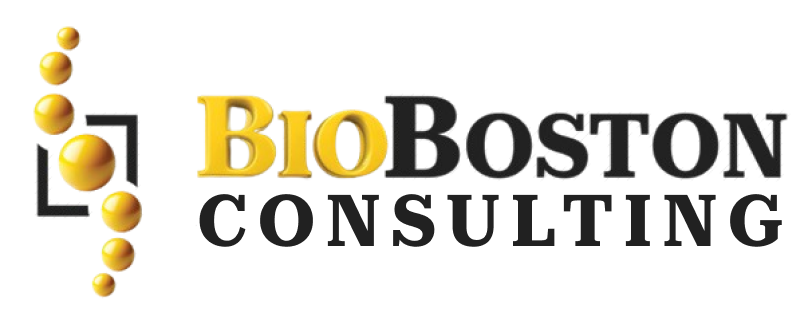The risk management process outlined in ISO 14971 is designed to guide manufacturers in systematically identifying, assessing, and mitigating risks associated with medical devices. This process is applicable across all stages of a device’s lifecycle, from design and development to post-market monitoring. The goal is to ensure that any hazards related to biocompatibility, data security, electrical components, moving parts, radiation, and usability are identified and properly controlled.
Key Components of Risk: Probability and Consequences
When evaluating risk, it is essential to consider two fundamental aspects:
- The Probability of Harm: The likelihood that a hazard will result in harm.
- The Consequences of Harm: The severity of the harm if it occurs.
Although medical devices are designed to minimize risks, they inherently involve some degree of risk. Even when risks are reduced to an acceptable level, residual risks remain. The acceptability of these risks is subjective, influenced by numerous factors such as the perceived benefit of the device, cultural and socio-economic backgrounds, and patient health status.
The Complex Nature of Risk Management in Medical Devices
Risk management for medical devices is complex because the acceptability of risk is not universal. It involves balancing the probability of harm with its consequences, while also considering cultural, social, and psychological factors. The way a risk is perceived can vary depending on factors like:
- Whether exposure to a hazard seems voluntary or involuntary.
- Whether the hazard is from a man-made source or arises from a poorly understood cause.
- The vulnerability of the patient group exposed to the risk.
These perceptions significantly influence how risks are managed and regulated, requiring manufacturers to adapt their strategies accordingly.
Steps in the Risk Management Process
The process of managing risks for medical devices involves several critical steps:
- Risk Management Planning
Establishing a Risk Management Policy is the first step. This policy outlines how risks will be identified, assessed, controlled, and monitored throughout the device’s lifecycle.
- Risk Analysis
Identify potential hazards associated with the device and estimate the likelihood and severity of each risk. This step involves a detailed analysis of the device’s design, components, and intended use.
- Risk Evaluation
Evaluate the identified risks to determine if they are acceptable in relation to the benefits of using the device. This involves balancing risk and benefit, ensuring that any residual risks remain within acceptable limits.
- Risk Controls
Develop and implement strategies to control identified risks. This can include design modifications, warnings, or additional safety measures that reduce the likelihood or impact of harm.
- Overall Residual Risk Acceptability
Assess whether the remaining risks are acceptable after controls have been applied. If risks are not acceptable, further action must be taken to mitigate them.
- Risk Management Review
Regularly review the effectiveness of the risk management process. This step ensures that risks are continuously monitored and controlled as the device progresses through its lifecycle.
- Production and Post-Production Information
Monitor the device in real-world settings through post-market surveillance to gather data on any emerging risks. This includes collecting feedback from users and reporting adverse events or performance issues.
Why Top Management Involvement is Critical
Risk management for medical devices requires the active involvement of top management. This is essential for ensuring that the appropriate resources, policies, and procedures are in place to effectively manage risks. Top management must also ensure that the risk management process is integrated into the company’s overall quality management system and complies with global regulatory requirements.
Get Expert Help with Risk Management for Your Medical Devices
Risk management is an ongoing process that requires careful attention and expertise. At BioBoston Consulting, our team of regulatory and risk management experts can help you navigate the complexities of ISO 14971 and ensure that your medical devices meet the required standards for safety and performance.
Stay compliant and ensure the safety of your devices by booking a consultation with us today. We provide tailored solutions to help you manage risks effectively, from development through post-market surveillance. Contact us now for expert guidance on risk management for medical devices.

